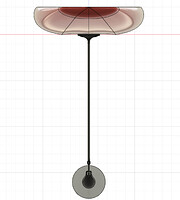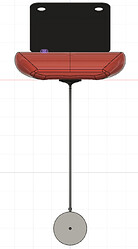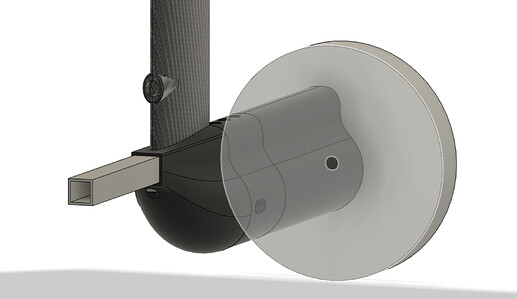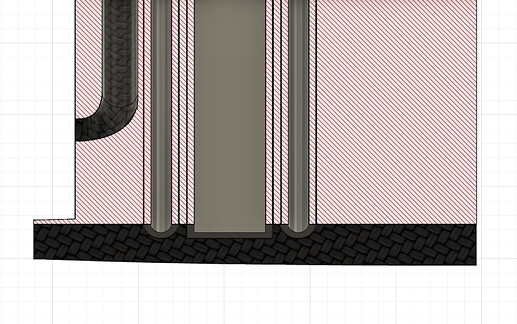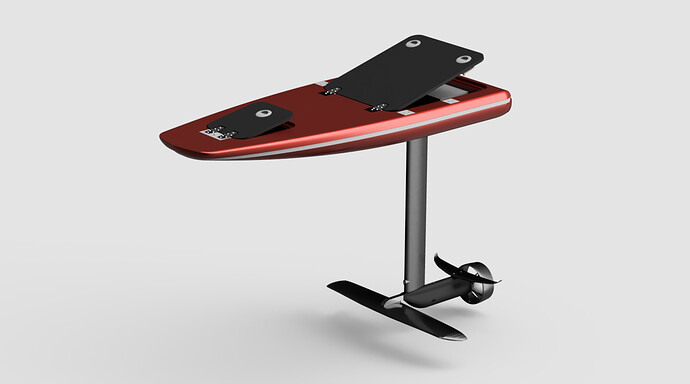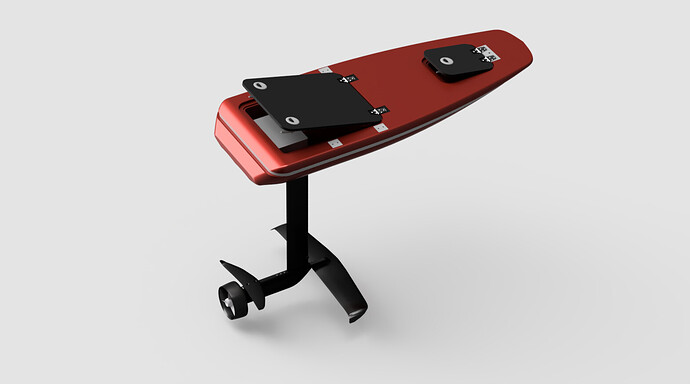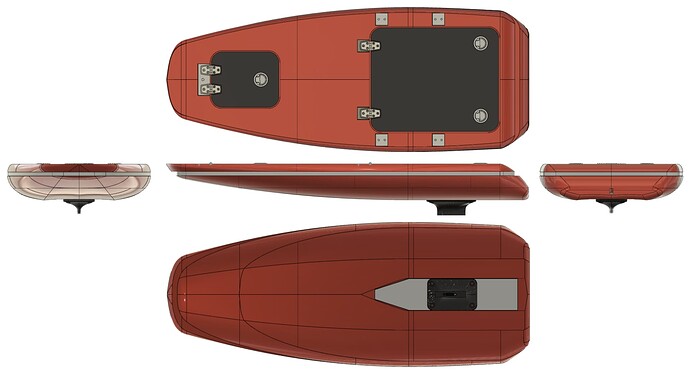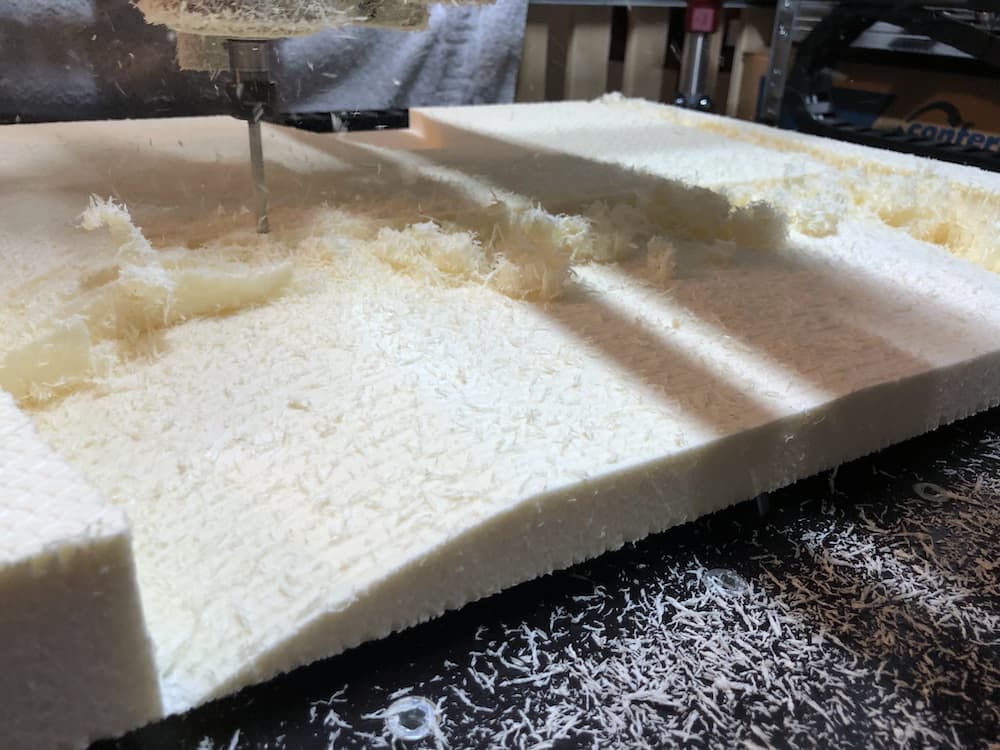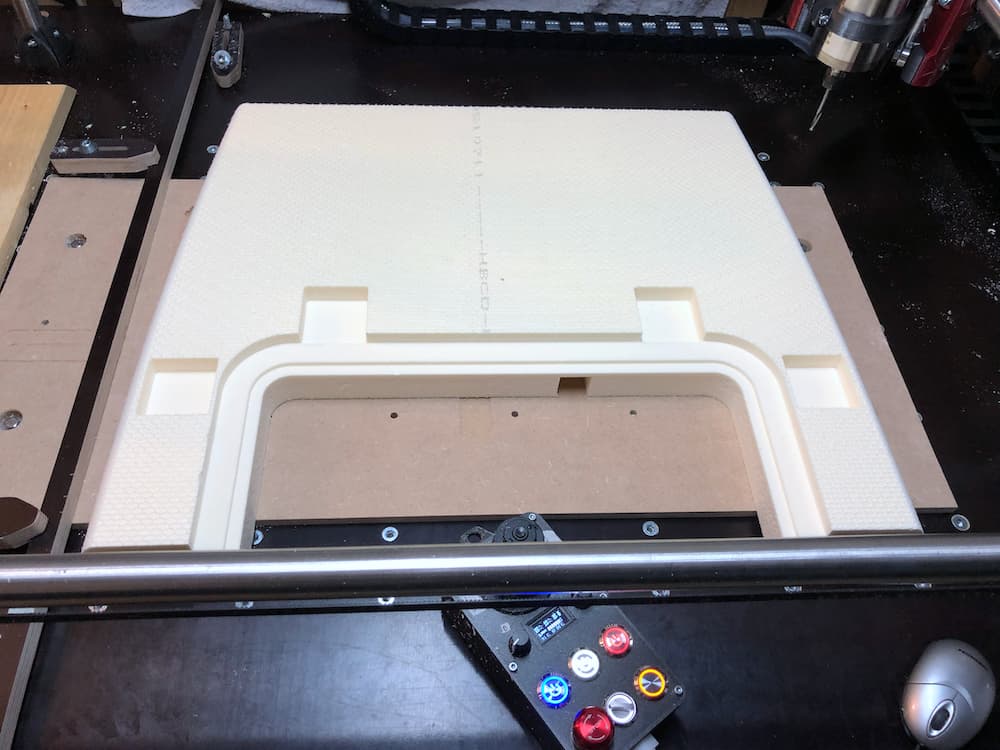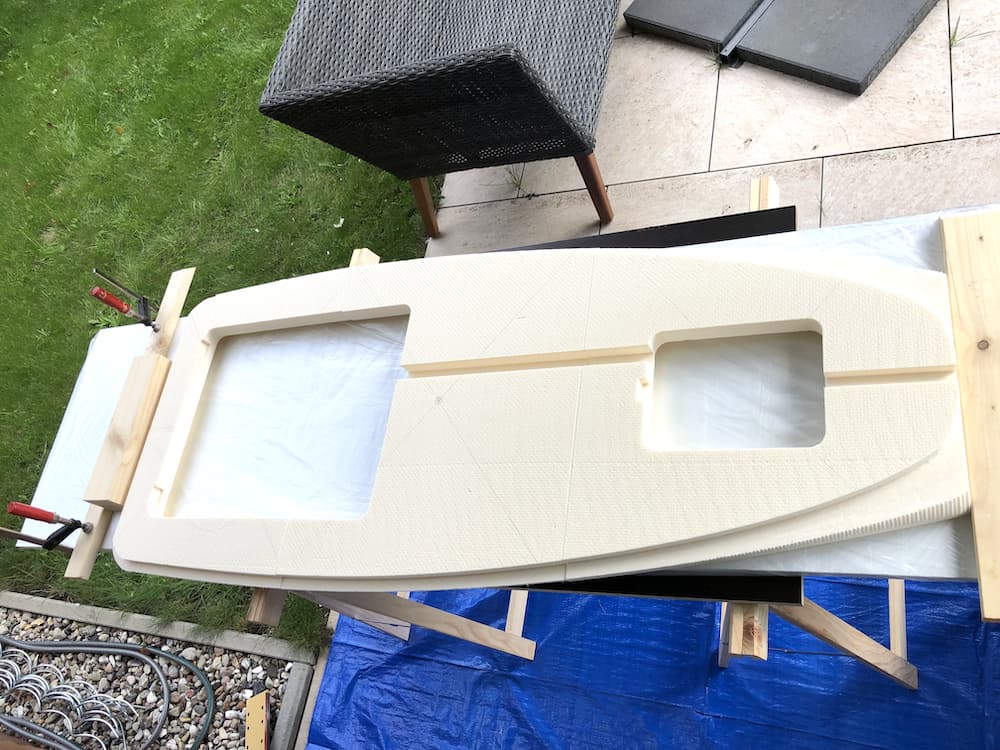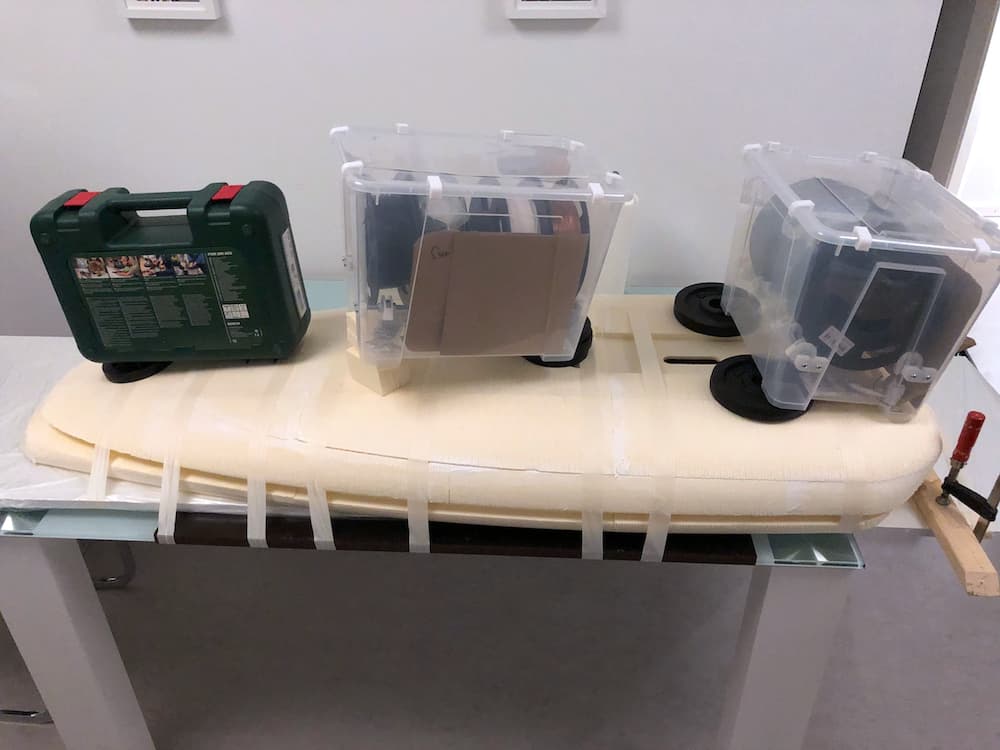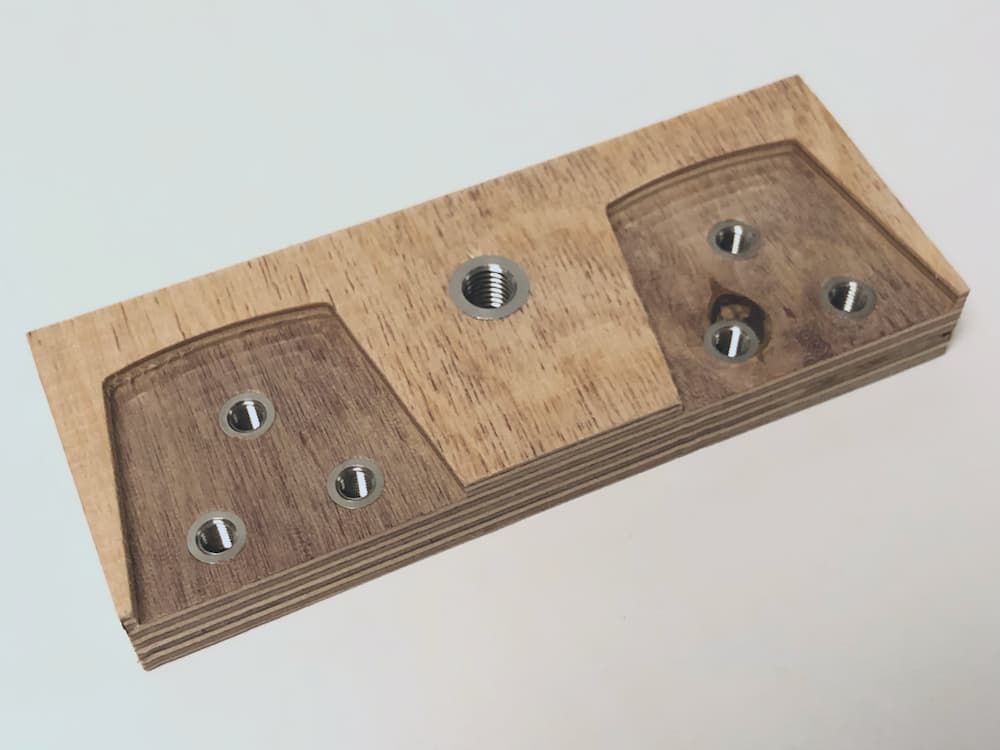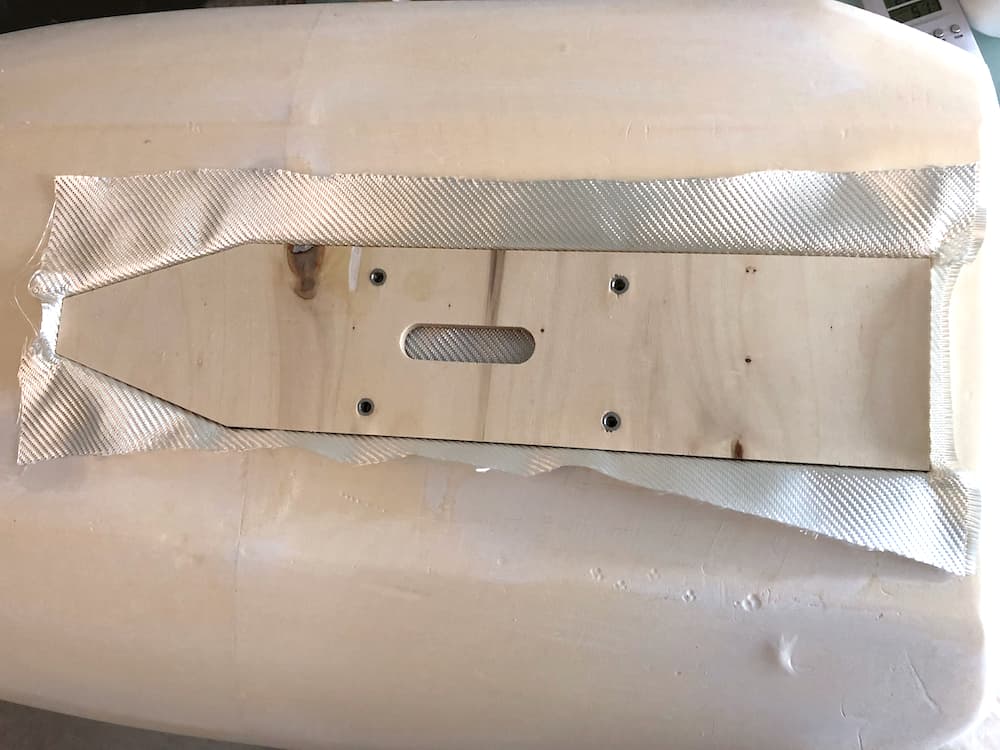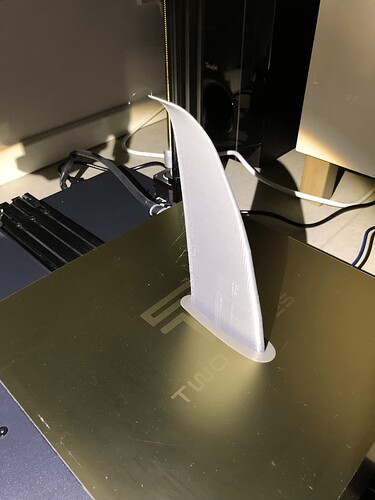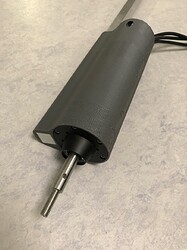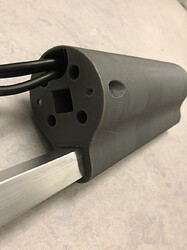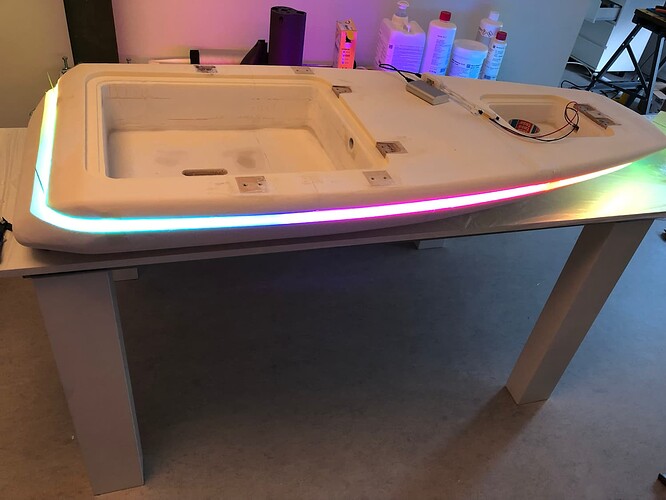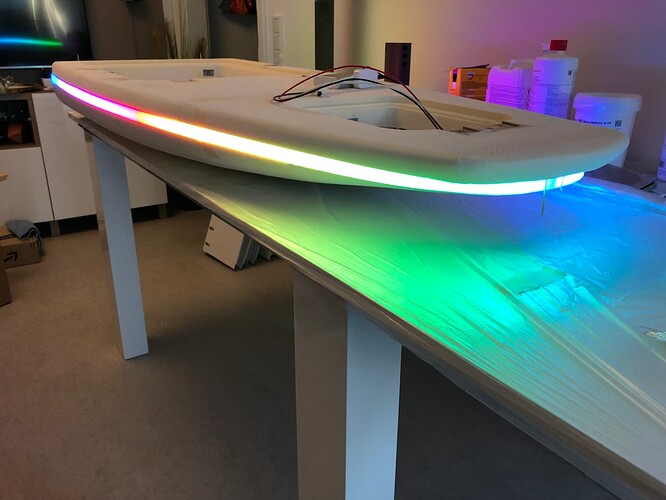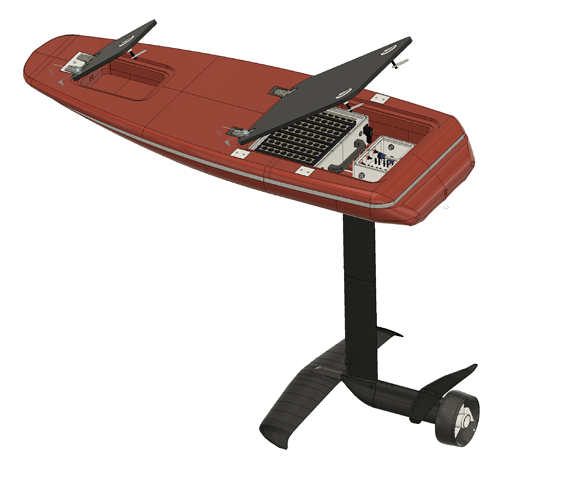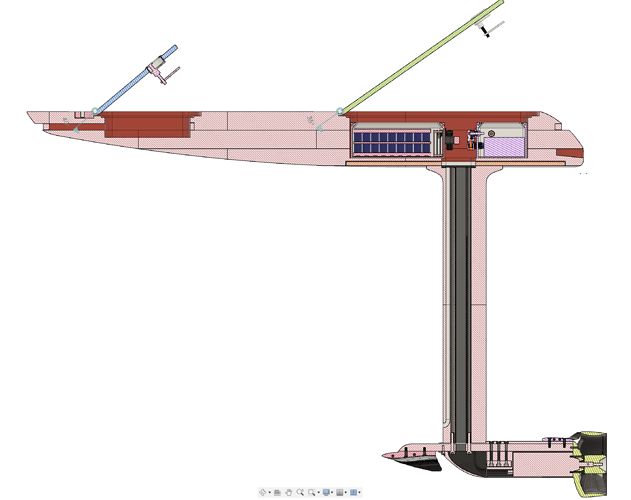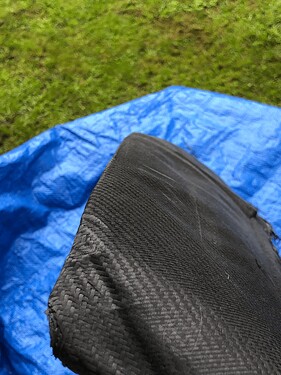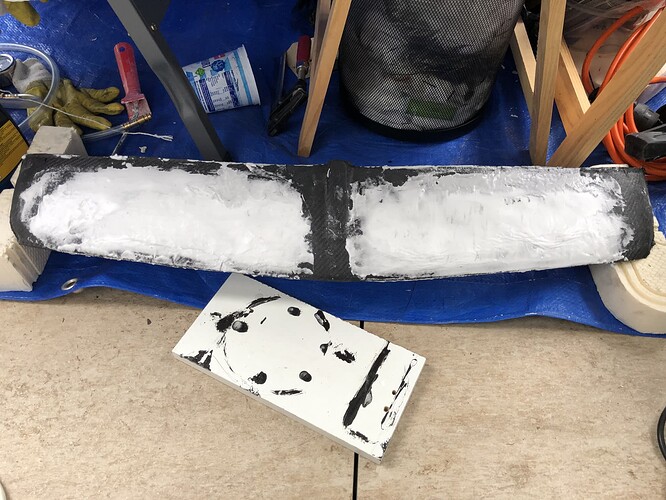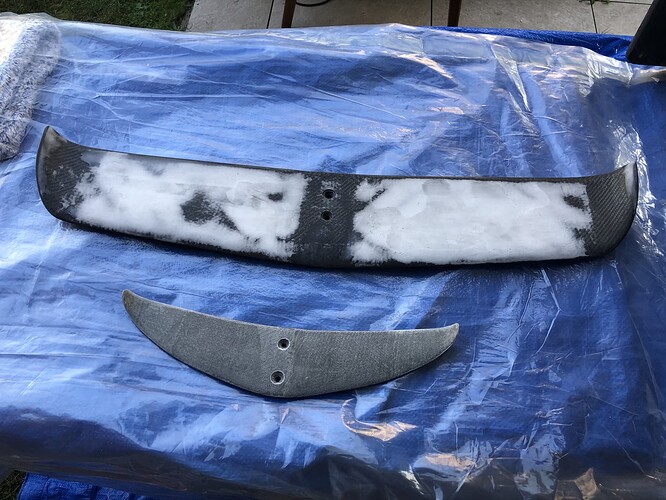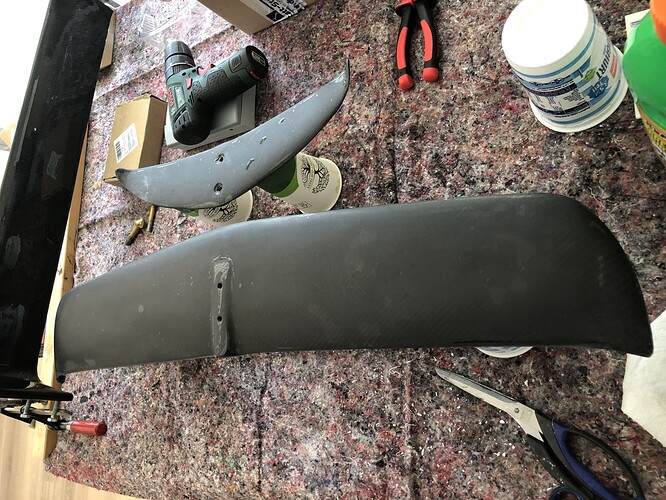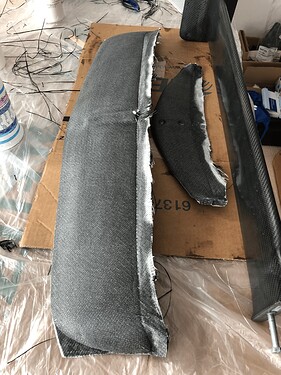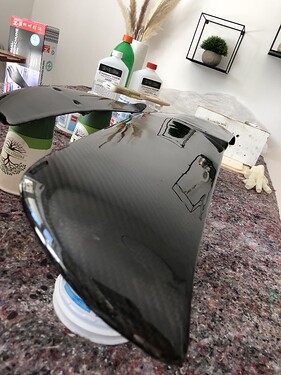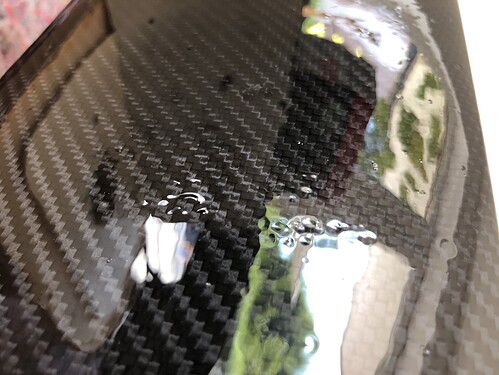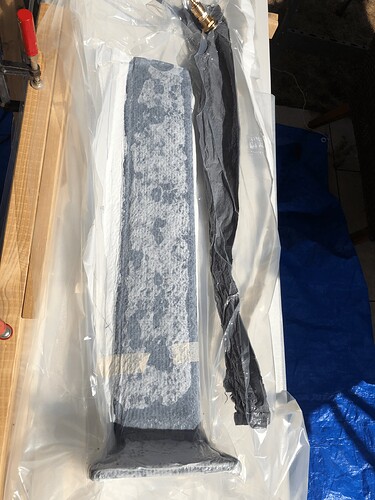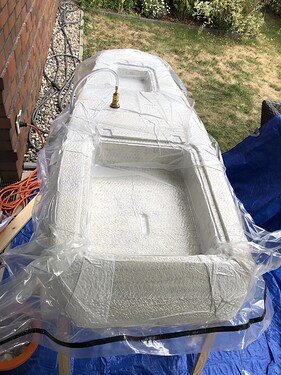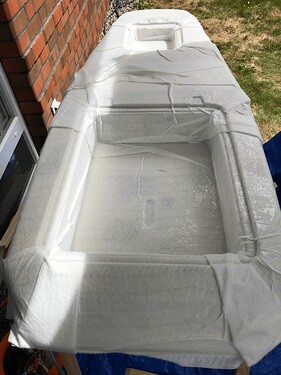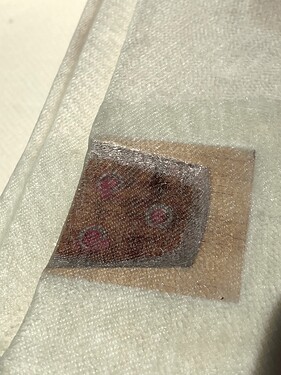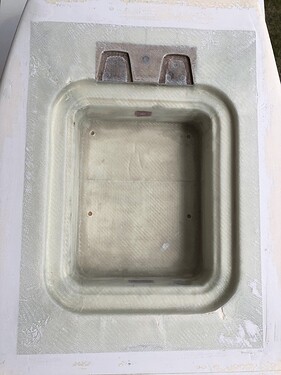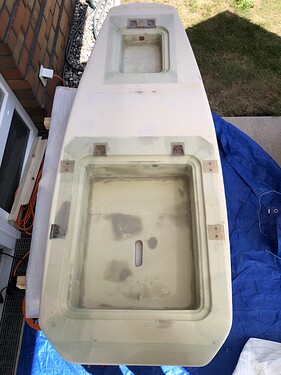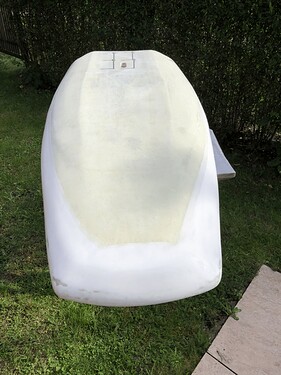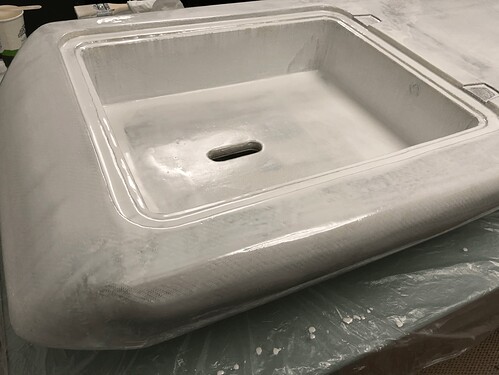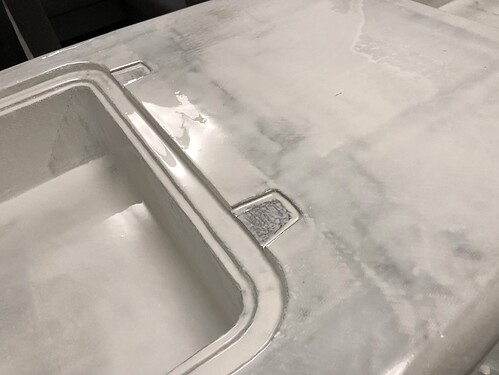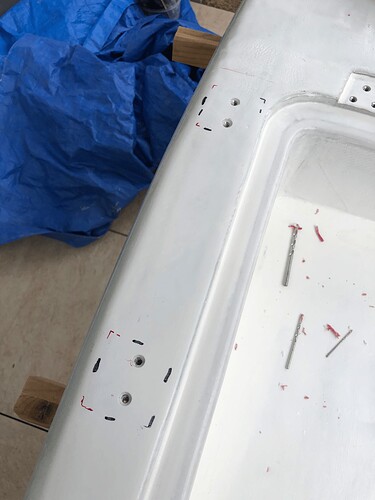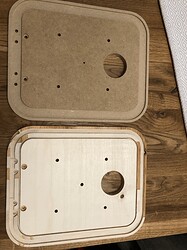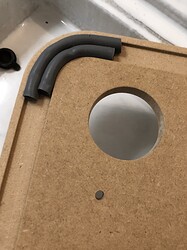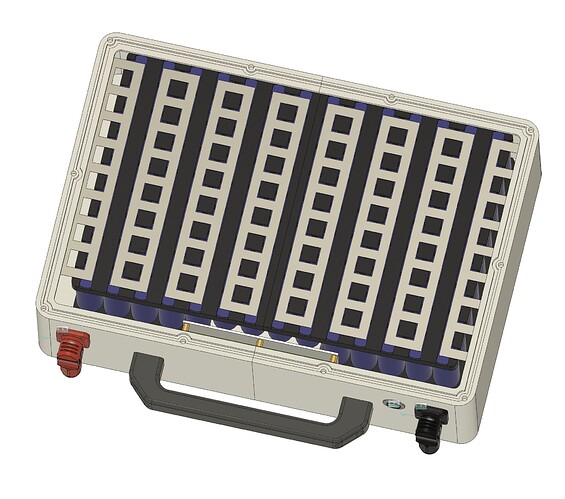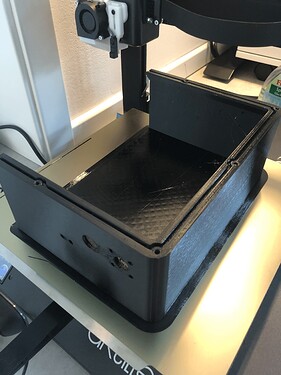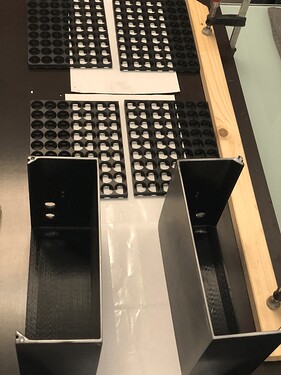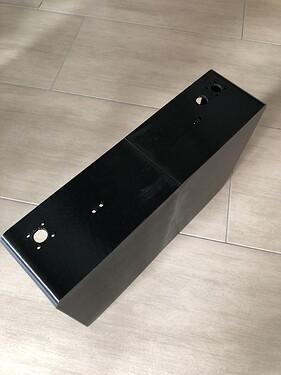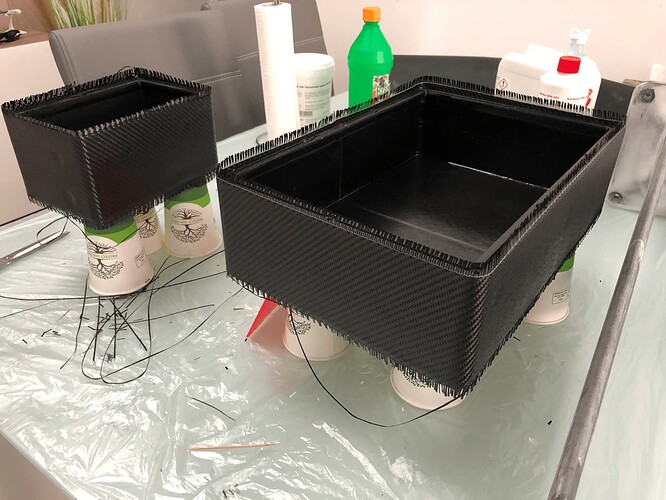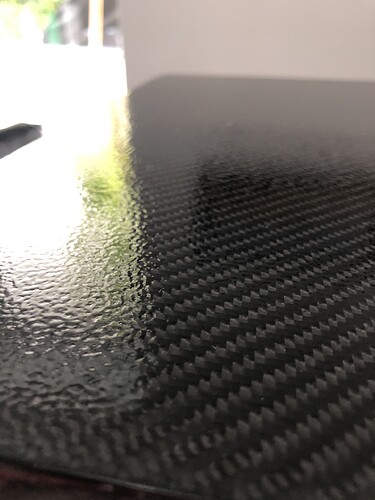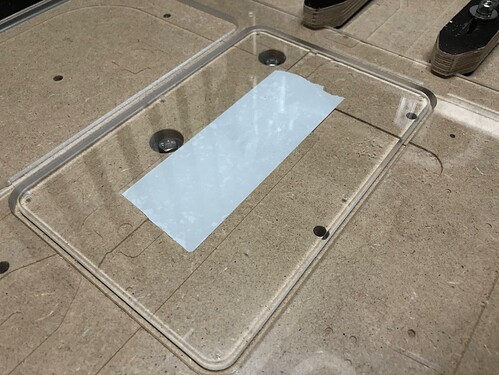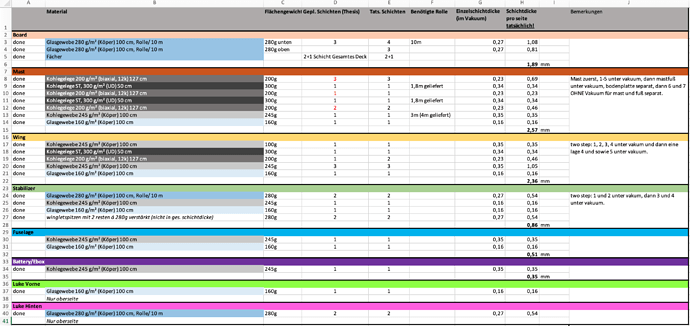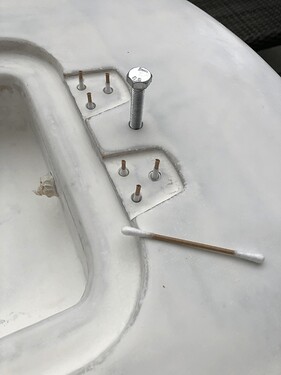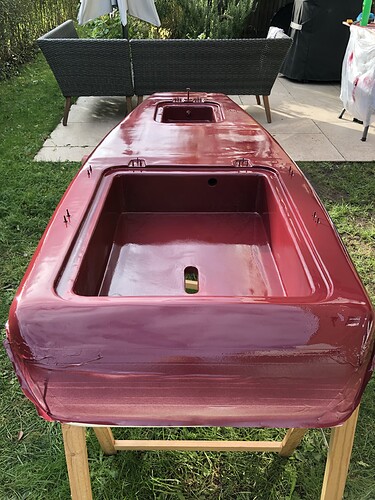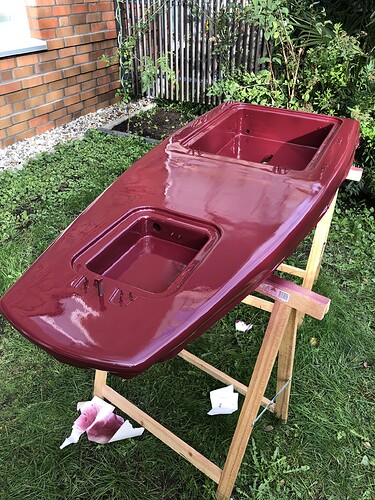Moin everybody,
Having and engineering background and some knowledge in aerodynamics I am taking the challenge of building an eFoil from scratch including some special features:
- Custom build mast, wing and prop: each designed for high efficiency at target cruise speed.
- Fuselage-integrated motor for lower drag and greater usable mast length while foiling.
- Neon LED strip with individually addressable LEDs wrapped around the board contour.
Board basics:
- Dimensions: Roughly 150x60x15cm made of 5cm thick XPS sheets from the hardware store. Cut in pieces of 80x40cm to fit into the DIY MPCNC and glued together afterwards.
- Two compartments, one for the electronics and one in the front to store a beer, keys or a smartphone (in this order).
- Double concave bottom fading out to the rear to provide better control and flow in before lift off.
- Using 163g/m2 glass textiles (twill pattern) for the board (vacuum bagging) (2-3 layers enough?)
Mast:
- 3D printed out of PETG, reinforced with two aluminum tubes and one aluminum rectangular tube serving as a torsion box.
- Space to fit a 10mm PVC hose supplying the passive water cooling system.
- Fuselage mounted with 2x M8 screws.
Mast-Board mount via 4xM8 screws going into the reinforced board bottom. - Laminating the mast with several layers (5-8) 245g/m2 carbon twill (Gewebe) and 1 layer 150g/m2 UD carbon (Gelege) using vacuum bagging technique. Does anyone have experiences how many layers are sufficient to build a stiff and sturdy mast laminating simply on the positive (no molds)?
Wings/Stab/Duct/Prop:
- 3D printed out of PETG
- Designed using the awesome Airfoiltools Fusion Add-in, verified in CFD afterwards.
- Duct will be detachable, wings, stabs and props to be exchangeable.
- Aiming to fit also GONG front wings.
Components: (pretty standard and proven)
- Flipsky 56161 120KV
- Flipsky FSESC 75V 200A waterproofed and resistance issue fixed (ordered from @EarkTech and shipped within 16 days to Germany. Trustworthy seller, can recommend so far.)
- Flipsky VX3 Remote (version 1.2)
- probably a DIY Li-Ion battery with 14S and 8 to 10P of probably Molicel P42A. ($$$)
BOM and further reports will be published later once finalized, However, here some first impressions:
Mast-Fuselage overview. Maintenance cover detachable. Probably switching to a solid alupipe as a fuselage. Wing, stab, prop and duct still under construction.
Mast cross-section with water inlet port.
_tk
